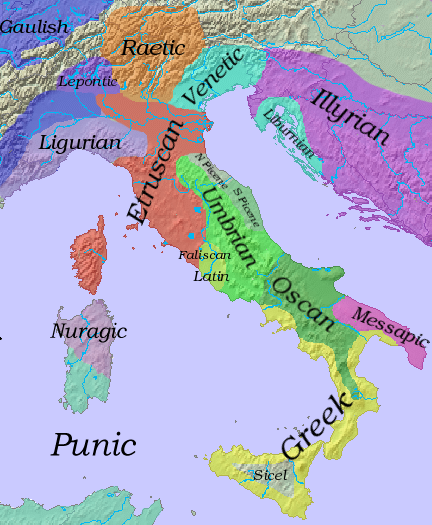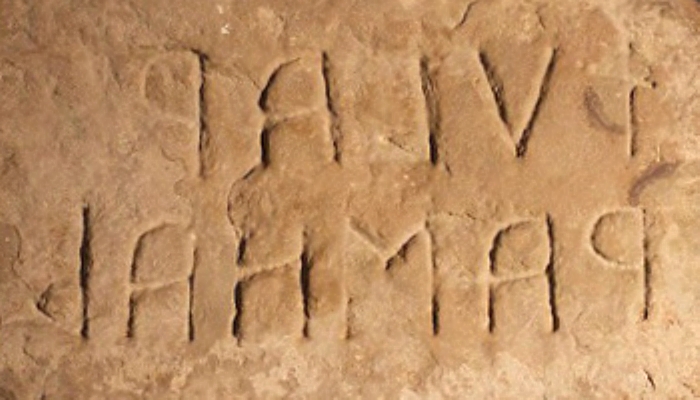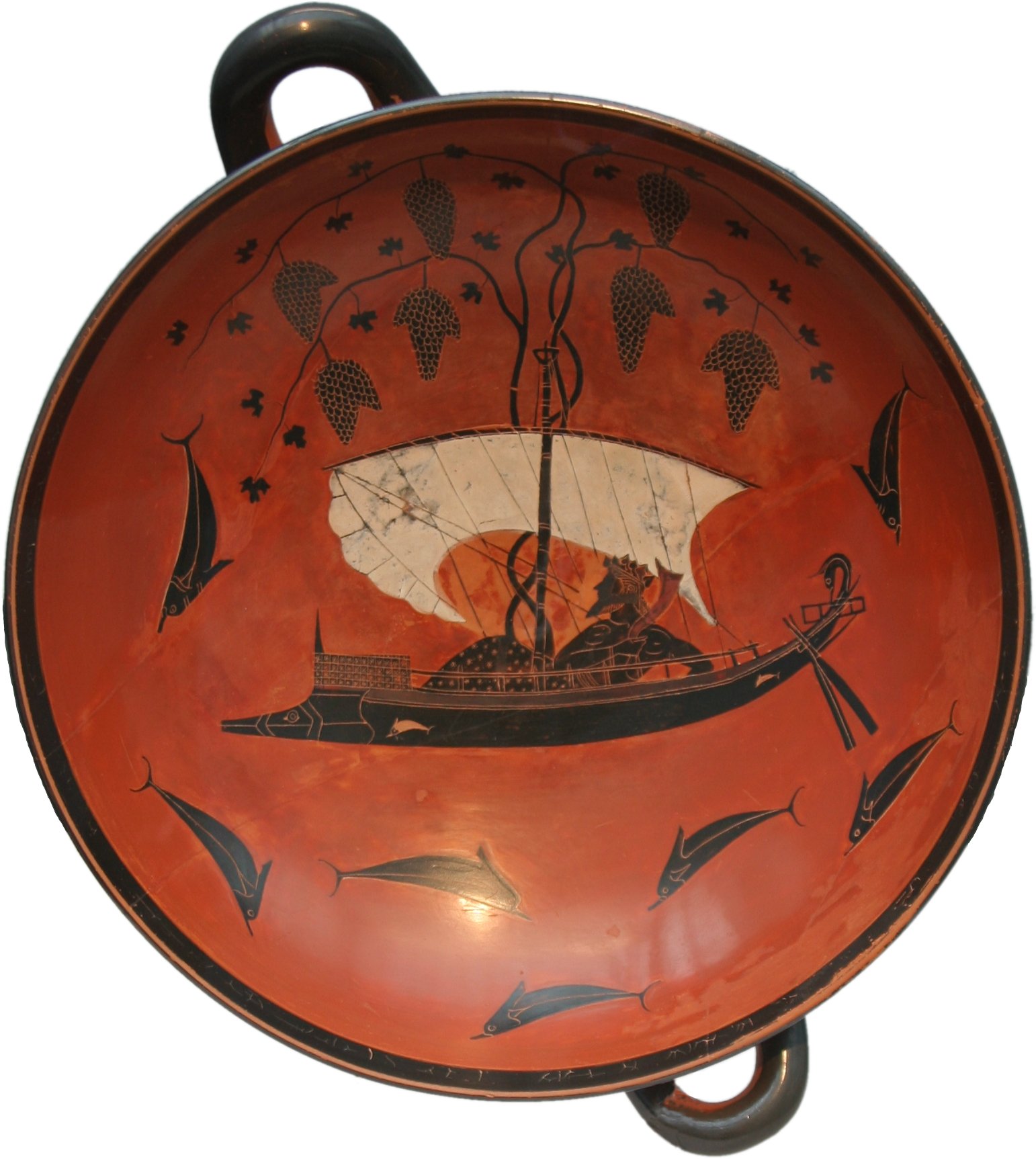|
Via Appia
The Appian Way (Latin and Italian: Via Appia) is one of the earliest and strategically most important Roman roads of the ancient republic. It connected Rome to Brindisi, in southeast Italy. Its importance is indicated by its common name, recorded by Statius, of ('the Appian Way, the queen of the long roads'). The road is named after Appius Claudius Caecus, the Roman censor who, during the Samnite Wars, began and completed the first section as a military road to the south in 312 BC."Appian Way" in '' Chambers's Encyclopædia''. London: George Newnes, 1961, Vol. 1, p. 490. In July 2024, the Appian Way entered the UNESCO World Heritage List. Origins Development The Appian Way was a Roman road that the Republic used as a main route for military supplies for its conquest of southern Italy in 312 BC and for improvements in communication. The Appian Way — essential to the Romans — was the first long road built specifically to transport troops outside the sma ... [...More Info...] [...Related Items...] OR: [Wikipedia] [Google] [Baidu] |
Appian Way Regional Park
The Appian Way Regional Park is the second-largest urban park of Europe, after Losiny Ostrov National Park in Moscow. It is a protected area of around 4580 hectares, established by the Italian region of Latium. It falls primarily within the territory of Rome but parts also extend into the neighbouring towns of Ciampino and Marino. The peculiarity of the park that distinguishes it, is that it also hosts the ''Archaeological park of Appia Antica'', which coincides with the perimeter of the regional park itself. It is a monumental park which contains precious legacies of ancient Rome, including the Appian Way (for a stretch of 16km/9.94mi), Roman aqueducts, Roman villas, mausoleums, catacombs. The Park The park aims to be a "green wedge" between the centre of Rome and the Alban Hills to the southeast. It contains a majority of the relics of Ancient Rome to be found outside the city centre. It consists of the Appian Way, from the centre of Rome to the 10th Mile, includ ... [...More Info...] [...Related Items...] OR: [Wikipedia] [Google] [Baidu] |
Chambers's Encyclopædia
''Chambers's Encyclopaedia'' was founded in 1859Chambers, W. & R"Concluding Notice"in ''Chambers's Encyclopaedia''. London: W. & R. Chambers, 1868, Vol. 10, pp. v–viii. by William and Robert Chambers of Edinburgh and became one of the most important English language encyclopaedias of the 19th and 20th centuries, developing a reputation for accuracy and scholarliness that was reflected in other works produced by the Chambers publishing company. The encyclopaedia is no longer produced. ''Chambers's Information for the People'' Before publishing an encyclopedia, Chambers produced a smaller publication, ''Chambers's Information for the People''. This began as a serial publication in 1835. Like the ''Penny Cyclopaedia'', and others of the time it was meant to be a cheap reference work that was targeted at the middle and working classes. Hence, it focused only on subjects that would be of interest to the common man and pertinent to his self education. It also eschewed the bulk ... [...More Info...] [...Related Items...] OR: [Wikipedia] [Google] [Baidu] |
Italic Languages
The Italic languages form a branch of the Indo-European languages, Indo-European language family, whose earliest known members were spoken on the Italian Peninsula in the first millennium BC. The most important of the ancient Italic languages was Latin, the official language of ancient Rome, which conquered the other Italic peoples before the Common Era, common era. The other Italic languages became Extinct language, extinct in the first centuries AD as their speakers were assimilated into the Roman Empire and Language shift, shifted to some form of Latin. Between the third and eighth centuries AD, Vulgar Latin (perhaps influenced by Substratum (linguistics), substrata from the other Italic languages) diversified into the Romance languages, which are the only Italic languages natively spoken today, while Literary Latin also survived. Besides Latin, the known ancient Italic languages are Faliscan language, Faliscan (the closest to Latin), Umbrian language, Umbrian and Oscan lan ... [...More Info...] [...Related Items...] OR: [Wikipedia] [Google] [Baidu] |
Santa Maria Capua Vetere
Santa Maria Capua Vetere is a town and ''comune'' in the province of Caserta, in the region of Campania, in southern Italy. Though it is not connected with the ''Civitas Capuana'', the town is a medieval place and its proximity to the Roman amphitheatre led the inhabitants to change its name to Santa Maria Capua Vetere, where ''Capua Vetere'' means ''Old Capua''. History In the area several settlements of the Villanovan culture were present in pre-historical times, and these were probably enlarged by the Oscans and Etruscan civilization, Etruscans. In the 4th century BCE ''Capuae'' was the largest city in Italy after Rome. The city was damaged by Vandal ravages but later recovered and became the seat of an independent Lombards, Lombard principate. However, during the struggle of the succession to the Duchy of Benevento, it was destroyed by a band of Saracens in 841 CE. The survivors mostly fled and founded the modern Capua in the site of the ancient River port of ''Casilinum''. ... [...More Info...] [...Related Items...] OR: [Wikipedia] [Google] [Baidu] |
Samnites
The Samnites () were an ancient Italic peoples, Italic people who lived in Samnium, which is located in modern inland Abruzzo, Molise, and Campania in south-central Italy. An Oscan language, Oscan-speaking Osci, people, who originated as an offshoot of the Sabines, they formed a confederation consisting of four tribes: the Hirpini, Caudini, Caraceni (tribe), Caraceni, and Pentri. Ancient Greek historians considered the Umbri as the ancestors of the Samnites. Their migration was in a southward direction, according to the rite of ver sacrum. Although allied together against the Gauls in 354 BC, they later became enemies of the Roman Republic, Romans and fought them in a series of Samnite Wars, three wars. Despite an overwhelming victory at the Battle of the Caudine Forks (321 BC), the Samnites were subjugated in 290 BC. Although severely weakened, the Samnites would still side against the Romans, first in the Pyrrhic War and then with Hannibal in the Second Punic War. They also foug ... [...More Info...] [...Related Items...] OR: [Wikipedia] [Google] [Baidu] |
Etruscans
The Etruscan civilization ( ) was an ancient civilization created by the Etruscans, a people who inhabited Etruria in List of ancient peoples of Italy, ancient Italy, with a common language and culture, and formed a federation of city-states. After adjacent lands had been conquered its territory covered, at its greatest extent, roughly what is now Tuscany, western Umbria and northern Lazio, as well as what are now the Po Valley, Emilia-Romagna, south-eastern Lombardy, southern Veneto and western Campania. A large body of literature has flourished on the origins of the Etruscans, but the consensus among modern scholars is that the Etruscans were an indigenous population. The earliest evidence of a culture that is identifiably Etruscan dates from about 900 BC. This is the period of the Iron Age Villanovan culture, considered to be the earliest phase of Etruscan civilization, which itself developed from the previous late Bronze Age Proto-Villanovan culture in the same region, p ... [...More Info...] [...Related Items...] OR: [Wikipedia] [Google] [Baidu] |
Campania
Campania is an administrative Regions of Italy, region of Italy located in Southern Italy; most of it is in the south-western portion of the Italian Peninsula (with the Tyrrhenian Sea to its west), but it also includes the small Phlegraean Islands and the island of Capri. The capital of the region is Naples. Campania has a population of 5,575,025 as of 2025, making it Italy's third most populous region, and, with an area of , its most densely populated region. Based on its Gross domestic product, GDP, Campania is also the most economically productive region in Southern Italy List of Italian regions by GDP, and the 7th most productive in the whole country. Naples' urban area, which is in Campania, is the List of urban areas in the European Union, eighth most populous in the European Union. The region is home to 10 of the 58 List of World Heritage Sites in Italy, UNESCO sites in Italy, including Pompeii and Herculaneum, the Royal Palace of Caserta, the Amalfi Coast, the Longobardian ... [...More Info...] [...Related Items...] OR: [Wikipedia] [Google] [Baidu] |
All Roads Lead To Rome
"All Roads Lead to Rome" is a proverb of medieval origin in a number of languages, referring to Roman roads, possibly related to the Milliarium Aureum. The term may also refer to: * ''All Roads Lead to Rome'' (1949 film), a French film * ''All Roads Lead to Rome'' (2015 film), an American romantic comedy film * "All Roads Lead to Rome", an episode of the 2012 documentary '' Meet the Romans with Mary Beard'' * "All Roads Lead to Rome", an episode of the 1965 ''Doctor Who'' serial '' The Romans'' * "All Roads Lead to Rome", a song by the Stranglers on the 1983 album ''Feline'' {{disambiguation ... [...More Info...] [...Related Items...] OR: [Wikipedia] [Google] [Baidu] |
Itinerarium
An ''itinerarium'' (plural: ''itineraria'') was an ancient Roman travel guide in the form of a listing of cities, villages ( ''vici'') and other stops on the way, including the distances between each stop and the next. Surviving examples include the Antonine Itinerary and the Bordeaux Itinerary. The term later evolved and took wider meanings (see later meanings below). Ancient practice The Romans and ancient travelers in general did not use maps. While illustrated maps existed as specialty items, they were hard to copy and not in general use. On the Roman road system, however, the traveller needed some idea of where he or she was going, how to get there, and how long it would take. The ''itinerarium'' filled this need. In origin, it was simply a list of cities along a road: "at their most basic, ''itineraria'' involve the transposition of information given on milestones, which were an integral feature of the major Roman roads, to a written script." It was only a short step f ... [...More Info...] [...Related Items...] OR: [Wikipedia] [Google] [Baidu] |
Etruria
Etruria ( ) was a region of Central Italy delimited by the rivers Arno and Tiber, an area that covered what is now most of Tuscany, northern Lazio, and north-western Umbria. It was inhabited by the Etruscans, an ancient civilization that flourished in the area from around the 8th century BC until they were assimilated into the Roman Republic in the 4th century BC. Etruscan Etruria The ancient people of Etruria are identified as Etruscans. Their complex culture centered on numerous city-states that arose during the Villanovan period in the ninth century BC, and they were very powerful during the Orientalizing Archaic periods. The Etruscans were a dominant culture in Italy by 650 BC,Rix, Helmut. "Etruscan." In ''The Ancient Languages of Europe,'' ed. Roger D. Woodard. Cambridge University Press, 2008, pp. 141–164. surpassing other ancient Italic peoples such as the Ligures. Their influence may be seen beyond Etruria's confines in the Po River Valley and Latium, as wel ... [...More Info...] [...Related Items...] OR: [Wikipedia] [Google] [Baidu] |
Etruscan Civilization
The Etruscan civilization ( ) was an ancient civilization created by the Etruscans, a people who inhabited Etruria in List of ancient peoples of Italy, ancient Italy, with a common language and culture, and formed a federation of city-states. After adjacent lands had been conquered its territory covered, at its greatest extent, roughly what is now Tuscany, western Umbria and northern Lazio, as well as what are now the Po Valley, Emilia-Romagna, south-eastern Lombardy, southern Veneto and western Campania. A large body of literature has flourished on the origins of the Etruscans, but the consensus among modern scholars is that the Etruscans were an indigenous population. The earliest evidence of a culture that is identifiably Etruscan dates from about 900 BC. This is the period of the Iron Age Villanovan culture, considered to be the earliest phase of Etruscan civilization, which itself developed from the previous late Bronze Age Proto-Villanovan culture in the same region, p ... [...More Info...] [...Related Items...] OR: [Wikipedia] [Google] [Baidu] |








